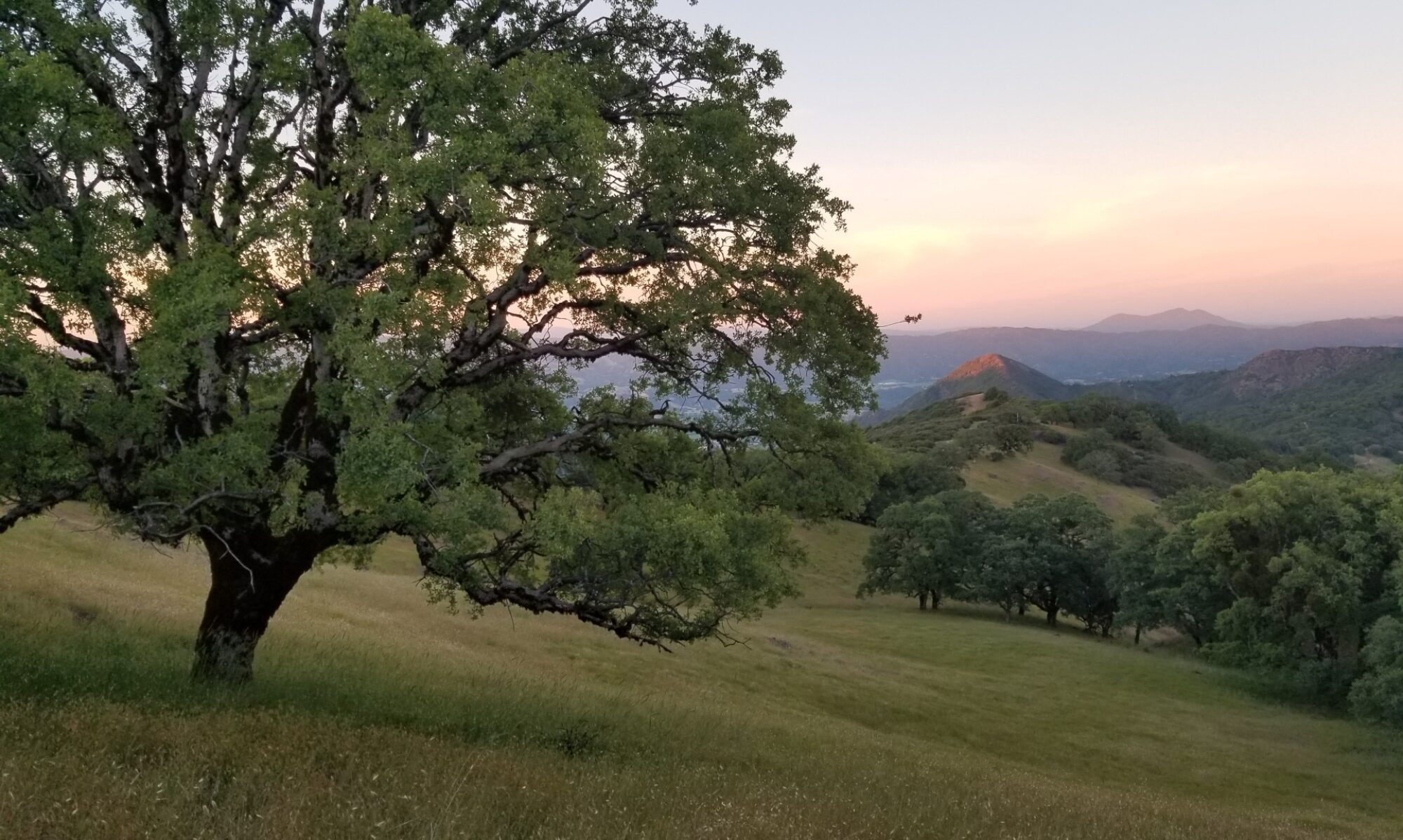The Turning of Generations blog is hosting a great series this year called the 21st Century Organized Family Historian. Each week a ‘project’ will be posted that relates to organizing your family history. Week 2’s topic is Developing a Digital Organization Scheme.
I am excited to participate in this blog series. I am in the middle of reorganizing my digital files, scanning a box of genealogy paperwork, adding citations to my genealogy software for the scanned documents, and adding citations to the meta data for each digital file. I always love hearing how other people organize their genealogy data. We all do it just a little differently from each other. My scheme is all about what I can maintain and ways to find the files without too much searching.
One of my biggest problems with my old digital filing system was the files being saved in Documents and Pictures. I found it confusing so I created a new library on my C drive called Genealogy. I did this by right clicking on the word Library in the Windows Explorer. Now all of my photos, documents, and downloads will be kept is one area.
Within the genealogy library I have several folders: Genealogy Education, Places, Up In The Tree, Surnames. The Genealogy Education folder contains all of information I have collected from webinars, genealogy ebooks, etc. The Up In The Tree stores copies of all my blog posts (I am a backup junkie). The Places folder contains any information regarding a specific place that I am researching. The last folder is the Surname folder.
With the folders mentioned above, there is only one file kept at this level. My Research Log is kept here for easy access at all times.
The Surnames folder is divided into 2 sub folders, one for my side of the family and one for my husband’s side of the family. The sub folders are further divided into 16 folders, one for each surname of a great-great-grandparent. At this point, the sub folder is divided as needed. If a person has more than one document or photo, I create a person sub folder. I do not create document type folders. I put all documents within the person folder. If there are additional surnames either further back in my line or laterally, they get a folder. Here is an example:




